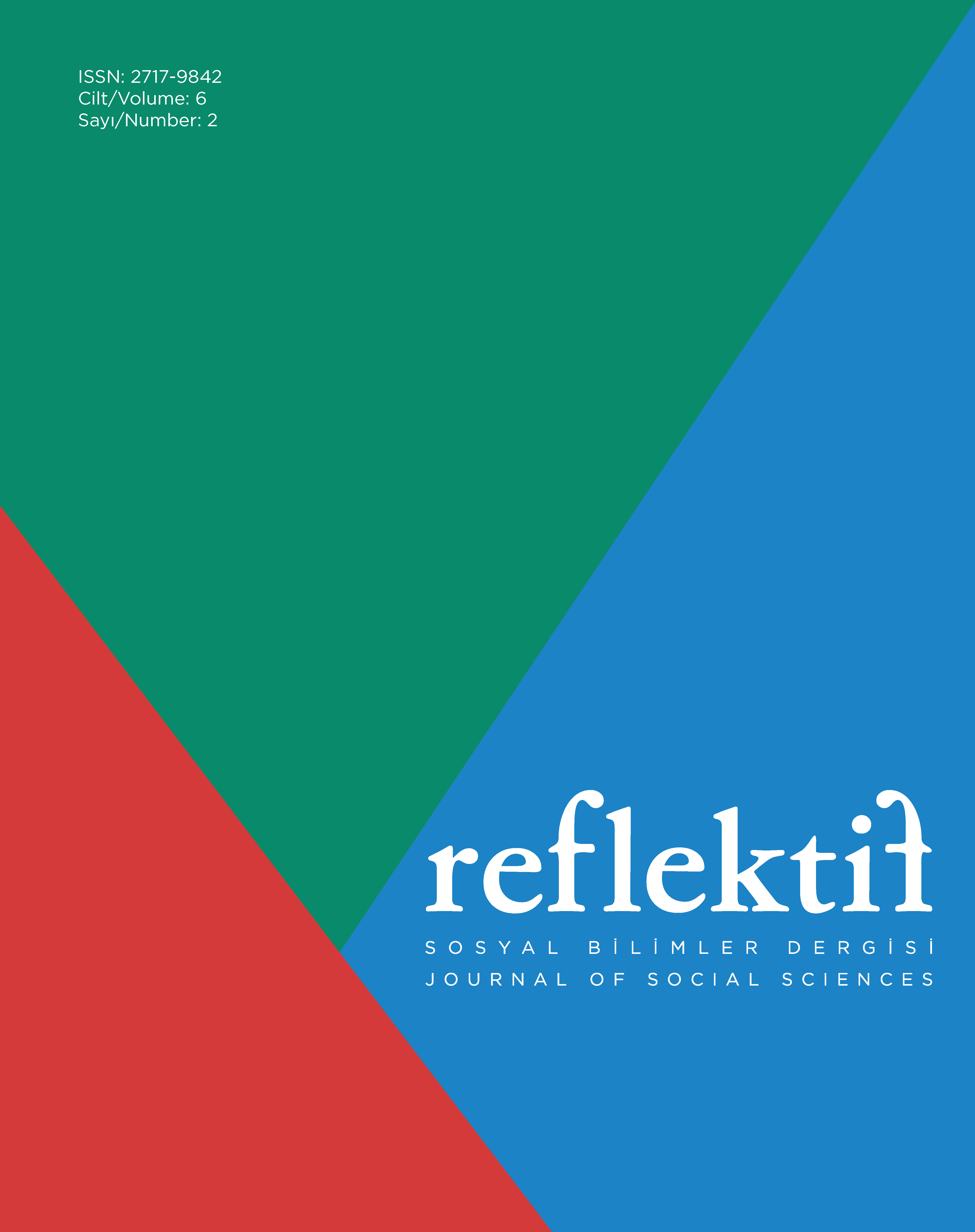A Discourse Analysis of Stray Dogs Posts in an Online Community
DOI:
https://doi.org/10.47613/reflektif.2025.236Keywords:
stray dogs, street dogs, securitization, discourse analysis, online communityAbstract
This study examines the discursive construction and contestation of stray dogs as a security threat within a closed Facebook community comprising Middle East Technical University (METU) students, alumni, and personnel. Utilizing Critical Discourse Analysis (CDA) and Computer-Mediated Discourse Analysis (CMDA), it explores how stray dogs are represented, how security measures against them are justified, and how pro-stray individuals are discursively constructed. The findings reveal the centrality of anthropomorphism, appeals to nature, and narratives in securitizing stray dogs and delegitimizing their defenders. Additionally, anti-stray discourse often invokes anthropocentric empathy hierarchies and developmentalist rhetoric, portraying stray dogs as existential threats to urban safety. The study also highlights the use of irony, memes, and parodic resonance as “semiotic weapons” to ridicule pro-stray advocates. By addressing the grassroots dimensions of stray dog securitization in Turkey, this paper contributes to critical animal studies, urban sociology, and discourse analysis, bridging gaps in the existing literature.
Downloads
Published
How to Cite
Issue
Section
License
Copyright (c) 2025 Engin Anıl Yolcu

This work is licensed under a Creative Commons Attribution-ShareAlike 4.0 International License.
All manuscripts which are submitted to the REFLEKTIF Journal of Social Sciences should not be published, accepted and submitted for publication elsewhere.
In case an article is accepted for publication it is allowed to combine the article with other researches, to conduct a new research on the article or to make different arrangements on condition that the same license is used including the commercial purpose.
As an author of an article published in REFLEKTIF Journal of Social Sciences you retain the copyright of your article and you are free to reproduce and disseminate your work.




